Nick and his first-mate
Nick fell in love with the Calendar Islands Yawl. He wanted a beautiful boat that he could build himself and sail with his family. And he wanted to learn how to build a boat with help from me at Chase Small Craft as well as the supports offered by the WoodenBoat Forum and the excellent books available on plywood boatbuilding. Nick bought the CIY plywood kit and epoxy/glass kits.
One of the first and most important learning curves for any builder is the mixing and using of epoxy. I remember not-so-fondly my nerves frayed when I did my first epoxy job. Just breathe, take your time, and by all means get the ration spot on! Most of the epoxies I send out are 2 parts Resin to 1 part hardener (2:1 ratio). In my kit manuals, I advocate and instruct on the importance of precoating the plywood parts with 2-3 coats of epoxy. The epoxy seals the plywood and provides an outstanding base for varnish and paint. The best epoxy are the low-viscosity ones. Nick is using System Three's Laminating Resin, which came in the CIY epoxy/glass kit I sent to him with the plywood kit. Once understanding the simplicity of mixing this 2:1 epoxy mix, the next quandary is how to best schedule the multiple coats of epoxy. The ideal precoating schedule follows:
Use the light glaring off the wet surface to tell if you have covered the wood uniformly. This becomes more important with each coat of epoxy.
- Prepare the parts by sanding edges and other rough spots with 120-grit sand paper. If parts were glued, smooth areas of squeezed out glue with 80-grit. Roundover edges of frames/bulkheads that will be in the "cockpit" with 80-grit or a router bit up to 3/16" radius.
- Prepare the application materials for precoating (included in kit): roller covers and frames, plastic squeegees, mixing cups and sticks, paint trays, chip brushes.
- Prepare the area for rolling on the epoxy. A bench with parts laid out and plastic underneath is best. An old door on sawhorses makes a great makeshift bench!
- Mix the epoxy exactly as the directions say. Never, ever add a little more hardener because you think it will make the epoxy cure better. That is not how epoxy works.
- Roll out the epoxy like it is primer for paint: a think even coat. Use a brush to soak end-grain (edges of ply) and nooks or crannies.
- Let the epoxy tack up or "go green" as the pros say. You know you are at this stage when you can see your fingerprint in the epoxy and it is clearly tacking. Roll on coat #2.
- When coat #2 goes green, roll on coat #3.
- Sand it all well with 120-grit. A machine sander really helps for the planks and larger bulheads, but sand corners and edges by hand. By all means do not "burn through", meaning don't sand through the epoxy into the wood....ideally.
- The parts are ready for setting up on the strongback once sanded smooth. For the places where glue is to be spread (e.g., between frame and plank) do an extra thorough sanding so as to get the best secondary bond. If you burned through in areas, spot prime those with epoxy and resand smooth.
- The time to recoat the epoxy can be anywhere from 6-24 hours depending on the temperature. Use the fingerprint method and plan on all day monitoring of the epoxy. The time to sand will also be temperature dependent: 24 hours at room temp. Double that time for every 10 degrees in temperature drop.
Advanced tips:
- Sometimes it is advantageous to let the 2nd coat cure 100% (24 hours) and sand it smooth, then apply the 3rd and final coat of epoxy.
- If you do the above for the planks: let the final coat of epoxy cure and glue it onto the boat without sanding the epoxy. This will give you the ideal chemical bond between planks and frames.
- System Three laminating resin is a non-blush epoxy with a 72 hour recoat time! But it is best practice to recoat within 24 hours if you are able.
A batch of CIY parts prepared: the bulkhead frames are glued. You can make out the alignment holes precut into those parts.
“There is so much to learn and I’m loving it. I’m very happy with how well things are working out so far.”



